It's odd to see grown humans attempting to bounce off walls doing parkour. It's another thing altogether to see a robot doing it.
University of California Berkeley's Biomimetic Millisystems Lab has created the world's most vertically agile robot—capable of jumping to unimaginable heights. Meet SALTO, the Saltatorial Locomotion Terrain Obstacle that can jump up to 1 meter high from stand still, and do it faster than any other robot out there.
The engineers behind SALTO drew inspiration from the galago, a small, nocturnal mammal native to Africa. These animals, also called thick-tailed bush babies, have longer hind legs that give them great leaping ability. They have the highest vertical jump of any animal, and served as inspiration for SALTO.
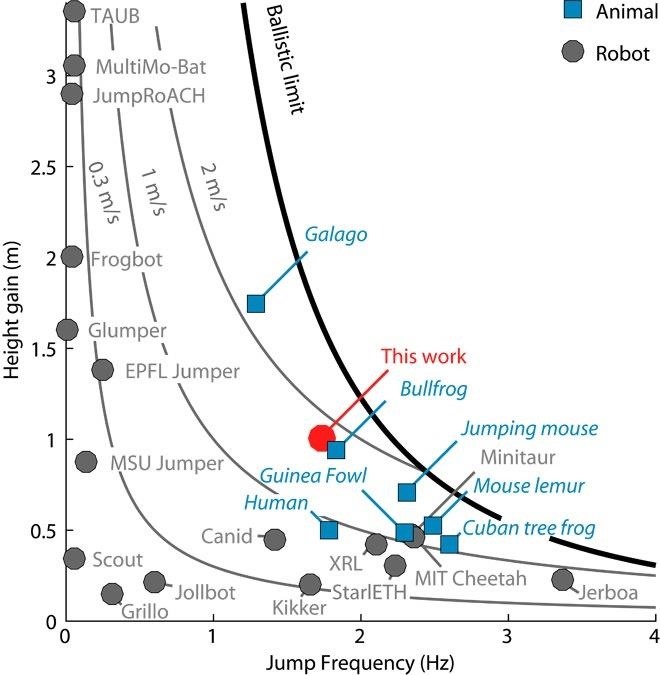
Engineers noticed that, before jumping, galagos entered a "super crouch" that allowed the mammal to generate more energy to increase jump height. According to the video, they incorporated this super crouch into SALTO, which "allows the motor to stretch out the spring to keep the robot crouched for longer." No other non-tethered robot can jump as high, as frequently, as SALTO.
Like galagos, SALTO can also string multiple jumps together, giving the robot even more height and range. This behavior also, hilariously, makes the robot look like it's doing parkour.


Advanced robots using the SALTO technology could be used during search and rescue missions in uneven terrain. According to study researcher Duncan Haldane:
With the motivation of urban search and rescue, what we want to do is try to do extended behaviors with SALTO, chain together a series of jumps to get to places you weren't able to before.
Given how successful their first version of this robot has been, it will be exciting to see where the lab decides to take SALTO and how its technology can be applied to real-world situations. For more specifics and details on SALTO and the researchers' work, check out the full paper that was released back in December in the journal Science Robotics.
Share this article using the links below, and let us know what you think in the comments! If you enjoyed this post and have ideas about things happening in the world that inspire wonderment, make sure to send a tip to kpuccio@wonderhowto.com or @WonderHowTo on Twitter.
Just updated your iPhone? You'll find new emoji, enhanced security, podcast transcripts, Apple Cash virtual numbers, and other useful features. There are even new additions hidden within Safari. Find out what's new and changed on your iPhone with the iOS 17.4 update.
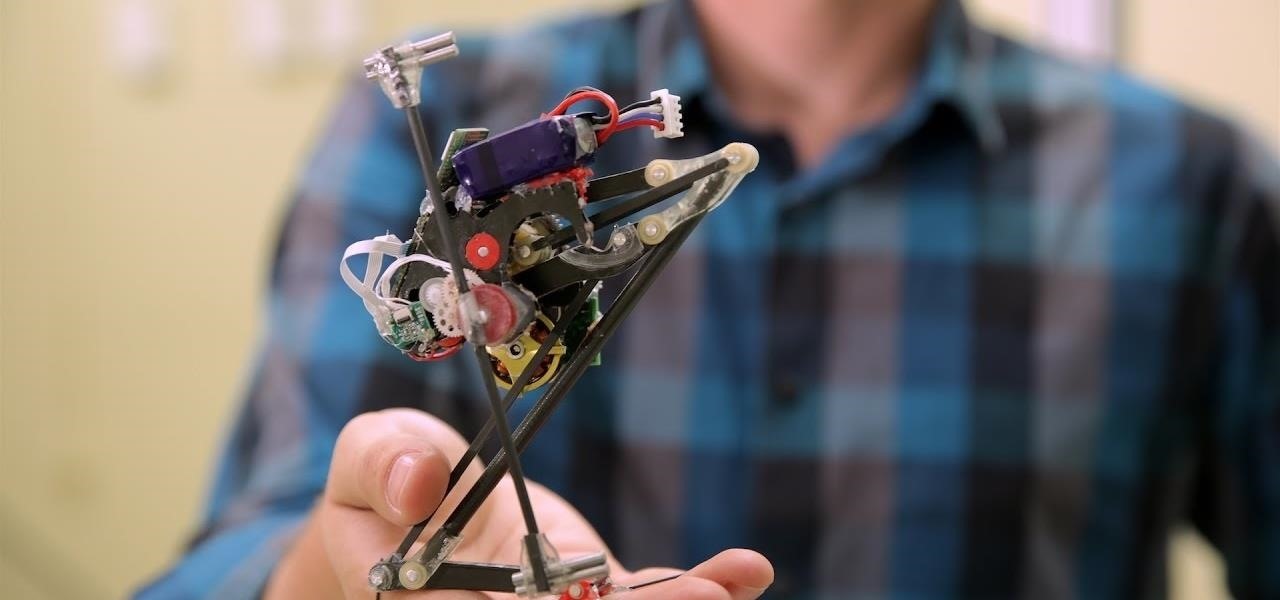



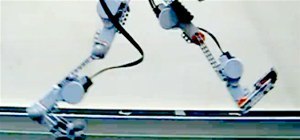

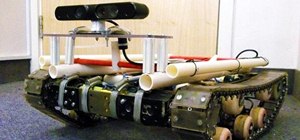







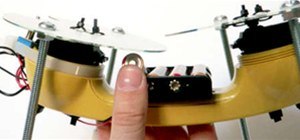







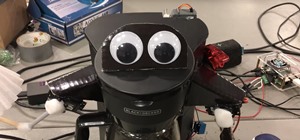

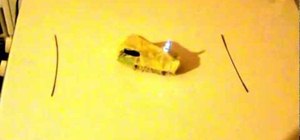




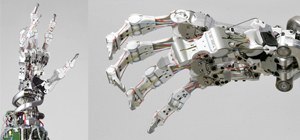

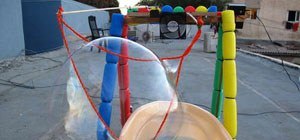




Be the First to Comment
Share Your Thoughts